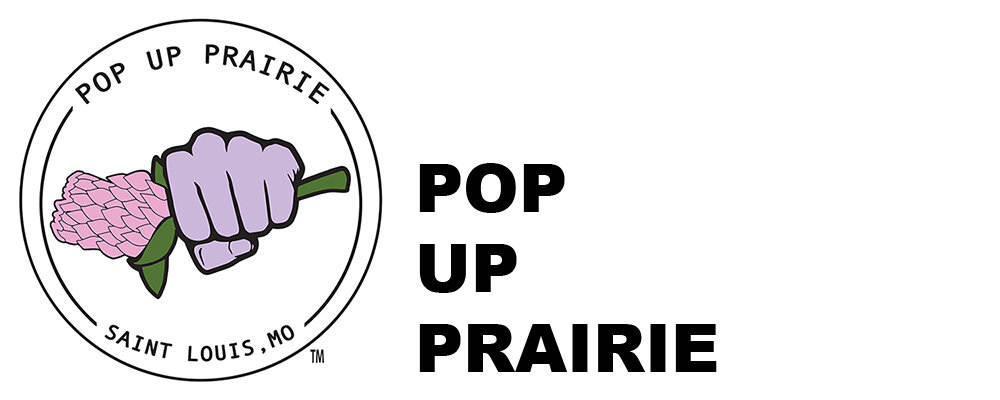On Earth day we are hearing a lot about problems and solutions, and rightly so. We are facing many far reaching issues. But it is often difficult to see problems, and even solutions, when they are very close to us. Repetitive actions are pushed into the part of our brain that deals with habits. That part of our brain can be thought of as the auto pilot. It's a great evolutionary design that allows us to concentrate on higher priority tasks but those habitual processes often become a blur we rarely think about. We have lived our lives walking streets upon streets of green mowed lawns. We have driven countless miles through countryside flanked on both sides by row crops that stretch to the horizon. It is all green and it has all become repetitive. We don't think about what we are looking at. So I'll start with the problem in front of us.
The green turf and acres of monoculture crops give little to no resources to the wildlife that has evolved in our area. Just because it is green doesn't mean it is good. Although esthetically pleasing to our eye, the lawns we are all mowing again are a virtual wasteland to a major number of native species. The fields of corn and wheat offer no nectar for native or migrating birds and insects. By dominating the landscape with exotic plants we are directly impacting the biodiversity of the area. It's simple but we rarely think about it. Insects, animals, and plants have evolved over the centuries alongside each other. This is not new information. Pretty basic grade school stuff. That co-evolution produced a harmonious ecosystem with many species in a natural balance living in their niches. I'm not going to hit you with numbers in this quick post but there is an equation based off of land area and resources that can pretty accurately determine the number of species a contiguous location can support. If you would crunch the numbers you would see the species decline as their resources do. Again, pretty simple. What we have done with our farming, infrastructure, and sprawl is effectively do just that – reduce their contiguous resources. A decline in species is a decline in the health of the ecosystem. Just because you see green doesn't mean it's good. Just because you hear birds outside doesn't mean nature is thriving. The problem is, put simply, that nature can not respond quickly to changes. We have changed the landscape by filling it with exotic plants. Insects do not see these as food. No food – no insects – and the chain is broken.
Solution - native plants. They provide food and shelter for our native and migratory species. By providing resources we support a healthy biodiversity. These plants are hardy. Evolution has adapted them to our climate and they are perfectly suited to St Louis' dynamic weather provided by our location right between a humid continental and humid subtropical climate zone. A great portion of our water usage goes to watering exotic turf lawns. Once established native plants require far less supplemental water. They contribute to the resource pool instead of depleting it. The benefits don't stop there. Native plants have deep root systems and do an amazing job of reducing flow into storm water systems. They also filter the water which leads to cleaner rivers and streams. We can transform our landscape into one that supports and conserves native biodiversity.
In the city you ask? It would seem that urban environments would be at the bottom of the list for biodiversity stewardship but recent studies have shown that a myriad of species are successful in cities. Nature may be slow to change but it does an incredible job taking advantage of all available space. Given the resources, many plants and animals can coexist – even with Humans. Native wildflowers come in all shapes, colors, and heights. Many insects are uniquely adapted to specific plants so by planting a variety you are helping conserve local biodiversity. Native grasses also come in a wide variety of sizes and can be quite ornamental.
You don't have to plant your entire yard. Plant something. A corner that gets good sun or replace some of your existing landscaping with natives that require less maintenance. Is there a part of your yard that gets little attention? Maybe the side of your house that only the gas meter reader sees would be a great place for some natives. The beauty of living in the city is that our individual efforts can combine to produce something larger than the sum of its parts.
This is our home. We are proud of St Louis. It's fun to show off our city to visitors. Native plants are unique to this area and help define our little slice of the Earth while preserving our natural heritage.
Our native species need our help. Let's plant something native.
Happy Earth Day.

